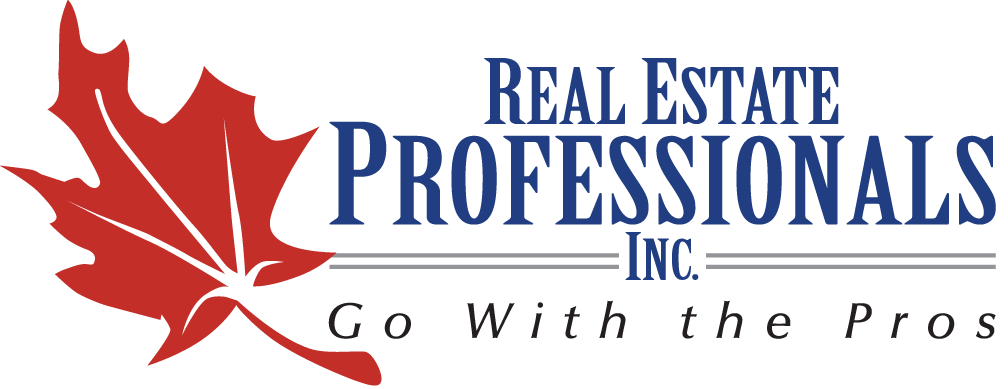A Homeowner’s Guide to Radon
I love being a REALTOR®. Having a national network of professionals, all held to the highest professional standards by the Canadian Real Estate Association (CREA), and the tools and resources provided by CREA for both my clients and myself is of an amazing benefit.
The CREA Café, for example, is an awesome informational hub with articles about all things real estate including emerging trends, tips and national & regional statistics. I recently came across a post there about radon which included a link to CREA’s publication A Homeowner’s Guide to Radon I wanted to share.
Radon has been a hot topic in Alberta in the last few years, especially with the amount of time we had to spend in our homes during the lock-down parts of the pandemic. It’s become a question more and more buyers are asking their agent to look in to, so let’s break it down according to their publication.
Though it might sound a little ominous, radon is a naturally-occurring gas which is produced by the breakdown of uranium in soil, rocks and water. When it is released into the atmosphere it gets diluted and poses minimal risks but if it accumulates inside a home at certain levels, it can pose sometimes serious health risks. Radon makes its way inside in a variety of ways, including: unfinished floors (dirt), construction joints, gaps around service pipes, support posts, window casements, floor drains, sumps and/or cavities inside walls.
All homes have some level of the gas, at various concentrations, and its relatively easy and inexpensive to test your home yourself or have it done by a radon professional. There are a variety of tests available but the one recommended as the most effective method by Health Canada is the long-term testing products. This test occurs over a 3-month period, best results during the fall and winter months, and provides a more accurate look at the annual average exposure as with the shorter-term tests.
All of the different types of test kits are sent for analysis by qualified radon professionals to establish your home’s radon levels. If your readings indicate a radon concentration of over 200 Bg/m3 (becquerels per cubic metre) a mitigation system, installed by a radon professional, is recommended to reduce radon levels in the property.
To get started on learning your home’s radon status, visit Take Action on Radon or connect with me for resources. Visit me on Facebook and Google!

![]()

